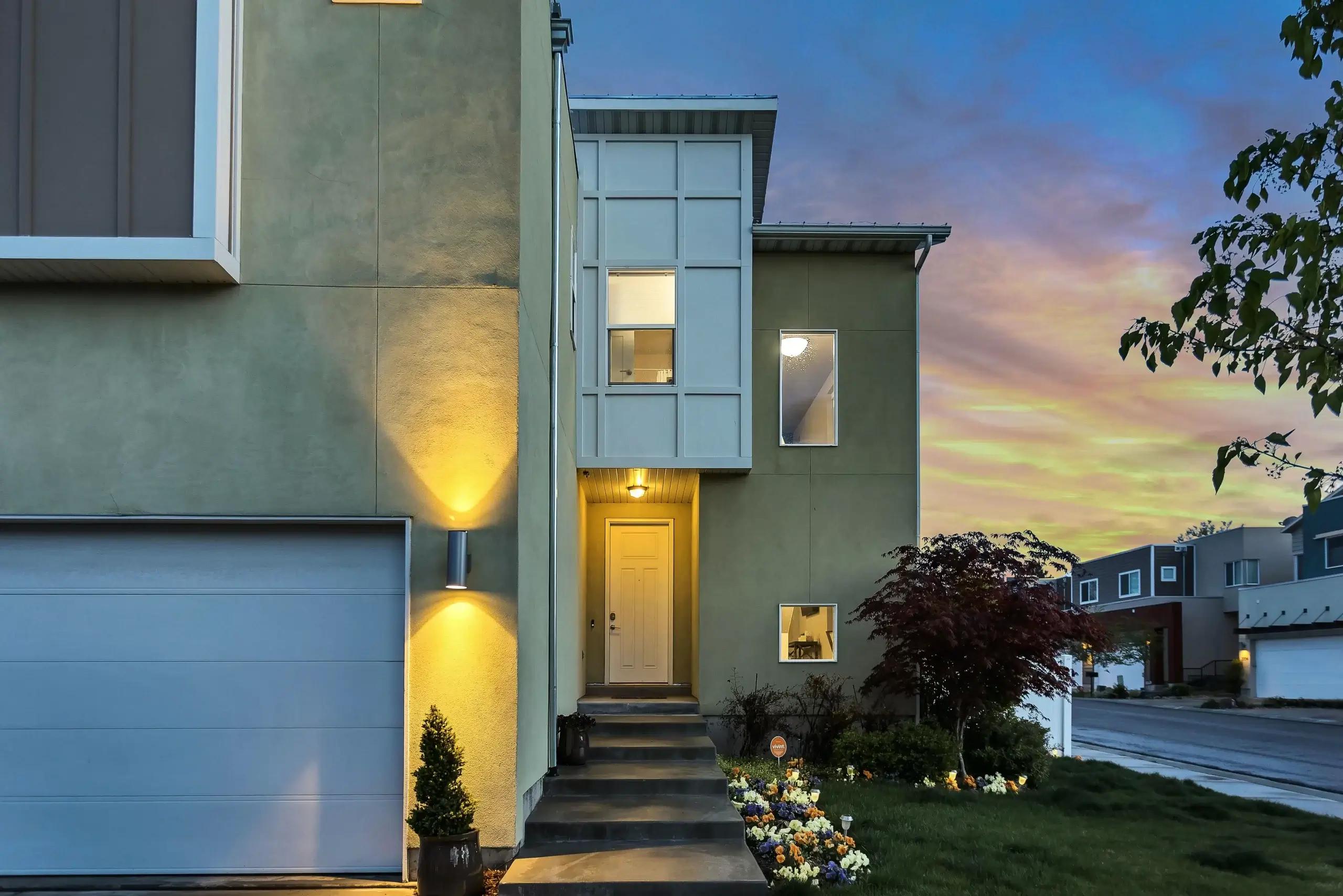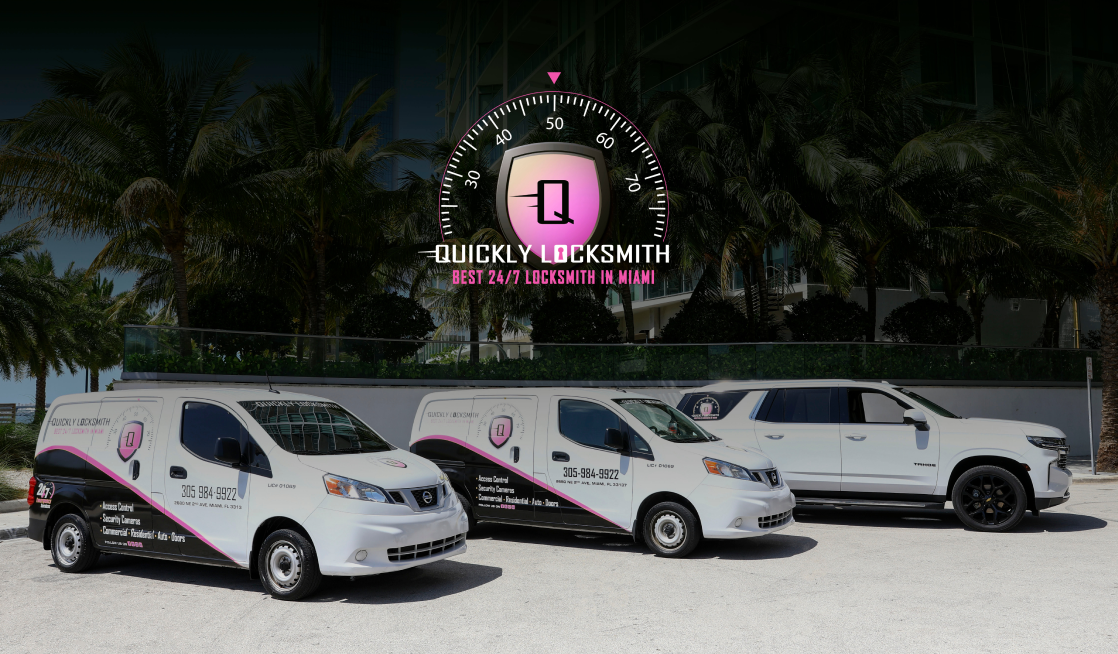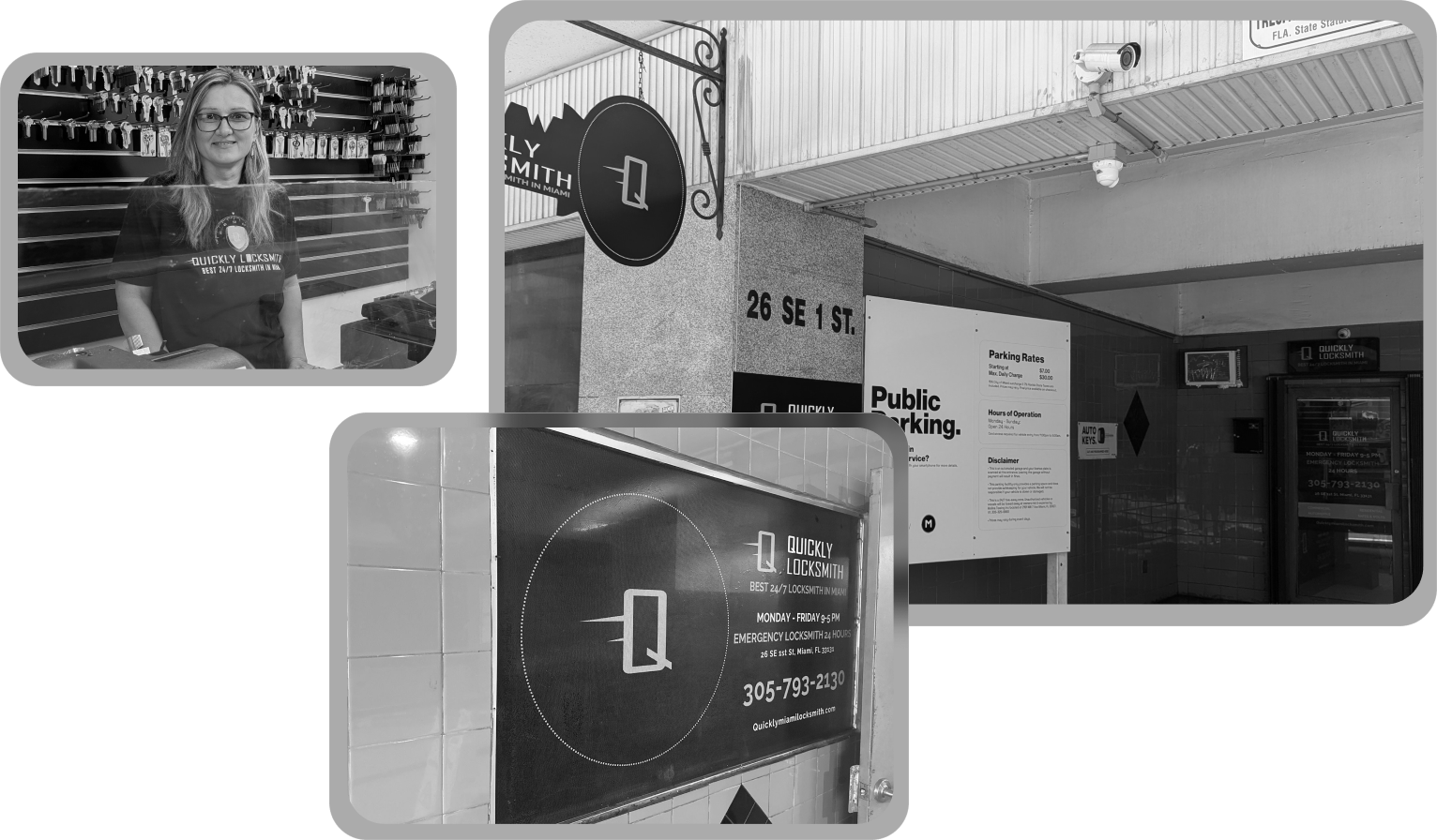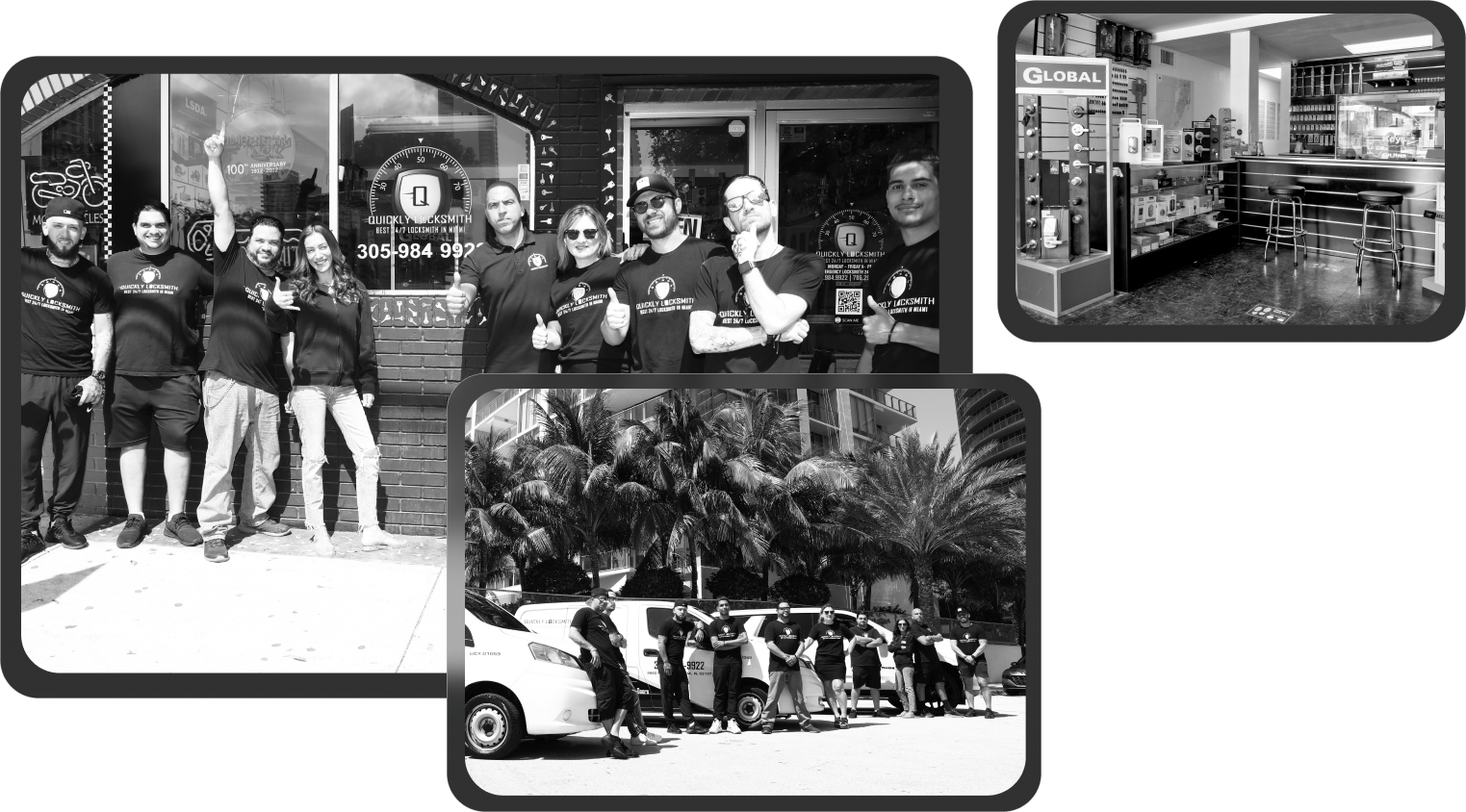
A security assessment of your home is a crucial step in ensuring the safety of you and your family. It allows you to identify any vulnerabilities in your home’s security and take steps to address them.
Here’s a step-by-step guide on how to conduct a security assessment of your home
Begin by walking around the exterior of your home and looking for any obvious vulnerabilities.
Pay particular attention to entry points such as doors, windows, and garages. Are they locked and secured? Do the locks appear to be strong and in good condition? Are there any broken windows or other damage that could allow an intruder to gain access?
Check the lighting around your home. Good lighting can deter burglars and make it easier to see potential threats.
Consider installing motion-sensor lights or timers for interior lights to give the appearance that someone is home.
Consider adding security measures such as deadbolts, window locks, and a security system.
Deadbolts are a simple and effective way to add extra security to your doors, and window locks can prevent burglars from easily opening windows to gain access to your home.
A security system can also be a great addition, as it can alert you (and the authorities, if necessary) to any unusual activity.
When you approach your home, can you see it from the street? If your home is hidden behind trees or other foliage, it can be easier for burglars to break in without being noticed.
Trim back any overgrown shrubs or trees and consider installing outside lighting to make your home more visible.
How would someone who wanted to break in see your home? Could they easily break in through a window or door?
Are there any valuable items that are visible from the outside, such as electronics or jewelry? If so, consider moving them out of sight or investing in a safe to keep them secure.
Know who goes into and out of your home.
Do you have a cleaning service or babysitter that comes in regularly? Make sure to change the locks if you suspect that anyone has made copies of your keys.
Keep your garage door closed and locked at all times. This is especially important if you keep valuable items in your garage, as it can be an easy entry point for burglars.
Don’t advertise that you’re away from home. It can be tempting to post about your vacation on social media, but this is essentially inviting burglars to break into your home.
Wait until you return to share your photos and stories.
Consider joining a neighborhood watch program. This can be a great way to stay informed about potential threats in your area and to work with your neighbors to keep your community safe.
External threats aren’t the only ones you need to guard against. Many times, the most serious threats to your home security are lurking on your home computer and network.
Become more secure here by creating strong, unique passwords for all of your accounts and devices, and use a password manager to keep track of them.
Enable two-factor authentication whenever possible, as this adds an extra layer of security by requiring you to enter a code sent to your phone or email in addition to your password.
Make sure to keep all of your devices and software up to date with the latest security patches and updates.
Hackers often exploit vulnerabilities in outdated software, so keeping everything up to date can help prevent them from gaining access to your devices and network.
Be cautious when clicking on links or downloading attachments, as these can often contain malware.
Only download software from reputable sources, and be on the lookout for phishing emails or texts that try to trick you into revealing personal information or login credentials.
Consider installing a firewall and antivirus software on your home network to protect against malware and other cyber threats.
A firewall can help block unwanted traffic and prevent hackers from accessing your network, while antivirus software can detect and remove malware.
Be mindful of who has access to your home network. If you have guests staying with you or a house cleaner who uses your Wi-Fi, make sure to change your passwords and secure your network to prevent unauthorized access.
Finally, make sure to keep your home insurance policy up to date. This can provide financial protection in case of a break-in or other security incident.
By following these steps, you can help ensure the safety and security of your home. Remember to regularly assess your home’s security and update it as needed to keep you and your family protected.
Let us tell you. Get in touch with us to have an assessment of your residential security. Call us at 1 305 984 9922 or email us at [email protected].
Words of Trust: Our valued customers share their experiences with our services. Discover how we've earned their trust and satisfaction. Join our community today! Our average customer rating is 4.6 / 5 based on 704 reviews.


I was in a jam with a broken lock, and these locksmiths came to my rescue! Fast, reliable, and courteous service.
I highly recommend them for any locksmith needs. A+ service!


I needed new locks installed in my home, and this locksmith company exceeded my expectations. Professional, efficient, and reasonably priced. I feel safer now. Thank you!


Locked out of my car in the middle of the night, but these locksmiths arrived quickly and got me back in. Their 24/7 service saved me! Top-notch service with a friendly attitude.
We serve all of Miami Dade-County surrounding areas

We truly care about your security. Keeping you, your family and your most valuable possessions safe is why we are in business. However, whenever you are looking to hire a residential locksmith service, here are some valuable tips to make the right choice.
Find The Nearest Locksmith To Your Location in Miami FL



Midtown Miami Location: 2680 NE 2nd Ave, Miami, FL 33137.